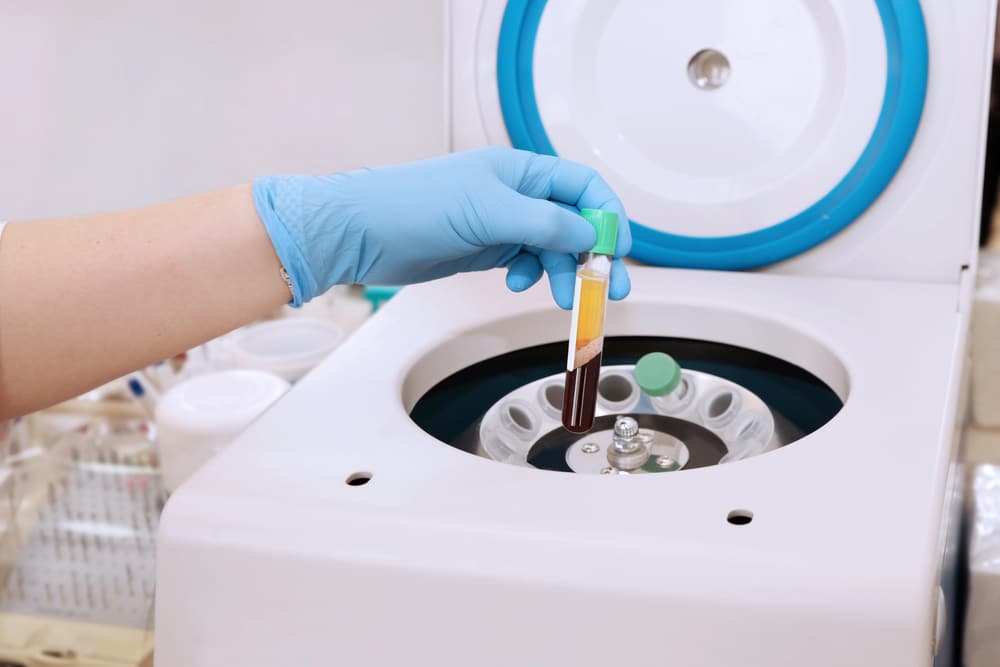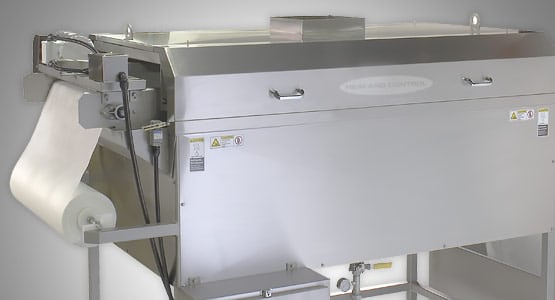Filtration is such a widely used process in the pharmaceutical industry as to be considered almost omnipresent. The Indian Journal of Science and Technology defines filtration as a process in which solid particulate matter is removed from a fluid, which can be either liquid or gas, using a porous medium for the process. Filtration can be easily applied to a large variety of pharmaceutical needs, and because of this flexibility it is widely used within the industry.
One should note that a difference exists between filtration and adsorption. In adsorption, the physical nature of the particles is responsible for the separation, while in filtration the use of a membrane is involved. A handful of adsorption devices that use activated charcoal or ion-exchange resins are called filters in commercial descriptions. However, their purpose and method of operation is adsorption, not filtration.
Filtration methods used in the industry
The pharmaceutical industry needs different filtration methods depending on what sort of chemical solution is being used. Generally, two major types of filtration systems exist. These are:
Surface filtration: Surface filtration works by direct interception, as stated by the Filters and Filtration Handbook. The size of the pores of the filter is responsible for the separation as the screen allows particles of a specific size through but traps molecules that are too large to fit through the pores. Because a porous membrane is sometimes used, the system is also referred to as membrane filtration.
Depth filtration: Compared to surface filtration, depth filtration also retains particulate matter farther down from the surface. It is primarily used for clarification of solutions. Among the most common filters used in depth filtration are ceramic-filtered and sintered filters.Recent developments in sintered metal filters: In the past, the industry depended heavily on the use of electrostatic precipitators, cyclones and disposable filters. But recently, these are being replaced by metal sintered filters. These filters can be cleaned in-situ, and as the filter cake (the layer of filtered material at the membrane) forms, the screen becomes more efficient.
Cross-flow filtration: The most typical example of cross-flow filtration is nanofiltration, a recently developed system for use by companies needing a method for dealing with low total dissolved solids water. The name nanofiltration comes from the use of a filtration membrane that has pores that are at or below one nanometer in diameter. It can be compared to reverse osmosis, but the trans-membrane pressure required for its operation is significantly smaller. The process is, therefore, more cost-effective. Despite this, it does have its shortfalls, as nanofiltration membranes may fall prey to fouling and scaling.
Ultra filtration
Ultra filtration, according to Pharma IQ, is a pressure-driven membrane transport process that is best used in separation, concentration and purification of specific macromolecules. This method of filtration generates a high level of purity in its products, and industrially it is applied to the production of vaccines, plasma and serums. It can be used in a wide variety of applications within the pharmaceutical industry because it can be scaled up economically and the application of low-shear pumps can reduce shear denaturation of products.
Recent advances in ultra filtration come from its adoption in the biotechnology industry. Because the asymmetric character of the membranes used in ultra filtration makes them less likely to be clogged by debris or cells than microporous filters, ultra filtration proves to be a more cost-effective and efficient method for producing biotechnology products. Plasma production also features as one of the applications of ultra filtration. When human plasma is fractionated, there is a need to rebuild the concentrations of essential protein fractions such as albumin and globulins. Ultra filtration is applied to enable this process.
Read more: Applications of filtration in the pharmaceutical industry









